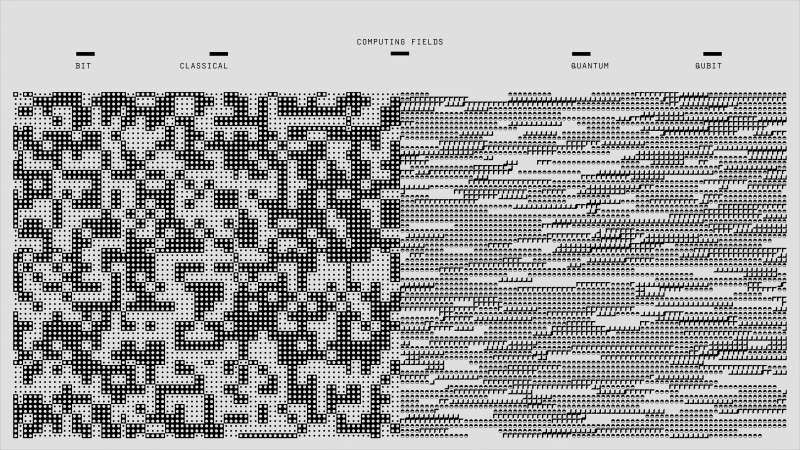Techniques for Focus and Concentration: Minimizing Distractions
Published on: April 30, 2025
In today’s fast-paced and hyperconnected world, maintaining focus and concentration is more challenging than ever. The constant influx of information, notifications, and interruptions from both our digital and physical environments can easily derail our attention and drain our mental energy. Whether you're working in a busy office, studying at home, or trying to complete a creative project, distractions can significantly reduce your efficiency and quality of work. Mastering techniques to minimize these distractions is essential for improving productivity and achieving a deeper state of focus.
Recognizing the Sources of Distraction
Before we can manage distractions, we need to understand what causes them. Distractions generally fall into three main categories:
-
Digital Distractions
These are some of the most common and persistent interruptions in modern life. Notifications from smartphones, emails, social media, and instant messaging platforms constantly compete for our attention. Even having multiple browser tabs open or frequently checking your phone out of habit can fragment your focus and prevent you from entering a state of deep concentration. -
Physical Distractions
Your environment plays a big role in your ability to stay focused. Noise from coworkers, background conversations, poor lighting, uncomfortable seating, or cluttered desks can create discomfort or constant minor irritations that break your concentration. A chaotic workspace can lead to a chaotic mind. -
Psychological Distractions
These are often the hardest to manage because they come from within. Stress, anxiety, lack of motivation, or personal concerns can create mental noise that competes with your current task. Negative self-talk, worry about deadlines, or boredom can also push your mind to wander.
Effective Techniques to Minimize Distractions
To enhance focus and concentration, we must address distractions on all three levels. Here are some proven techniques you can start applying today:
1. The Pomodoro Technique
One of the most widely used time-management methods, the Pomodoro Technique helps you work in short, focused bursts. The method involves setting a timer for 25 minutes of concentrated work (a “Pomodoro”), followed by a 5-minute break. After four Pomodoros, you take a longer break of 15–30 minutes. This technique not only minimizes mental fatigue but also trains your brain to focus for longer periods over time. It’s especially useful for tasks that require sustained attention, such as writing, coding, or studying.
2. Disable Non-Essential Notifications
Take control of your devices. Go through your phone and computer settings and disable notifications from apps that don’t require immediate attention. Turn off pop-ups, mute messaging apps during work sessions, and consider putting your phone on “Do Not Disturb” mode. The fewer interruptions you receive, the easier it becomes to maintain focus.
3. Design a Distraction-Free Workspace
Organize your physical environment to support focus. This may include using noise-canceling headphones, working in a quiet room, or even adding soft background music or white noise to drown out surrounding sounds. Keep your desk clean and free of unnecessary items. A minimal and comfortable workspace reduces visual clutter and encourages mental clarity.
4. Practice Time Blocking
Time blocking is a technique where you allocate specific blocks of time to specific activities. By scheduling tasks on your calendar, you create boundaries between different types of work and reduce the temptation to multitask. For example, you can reserve one hour in the morning for deep work, thirty minutes in the afternoon for answering emails, and a block before the end of the day for meetings or administrative tasks. This structure helps you stay on track and resist spontaneous distractions.
5. Use Website Blockers and Focus Tools
If you often find yourself wasting time on websites like YouTube, Twitter, or news portals, consider installing browser extensions or apps that block access to those sites during your working hours. Tools like Freedom, Cold Turkey, or StayFocusd can help enforce digital discipline by limiting distractions at their source.
6. Set Clear Daily Goals
Start your day with a plan. Define 2–3 major goals or tasks you want to accomplish by the end of the day. This gives you a clear sense of purpose and helps you resist the temptation of unimportant distractions. Having a defined “win” for the day also makes it easier to measure your productivity.
7. Take Regular Mental Breaks
Working non-stop doesn’t necessarily mean working better. In fact, long periods of unbroken concentration can lead to mental fatigue and loss of creativity. Incorporate short breaks to stretch, take a walk, drink water, or do a brief mindfulness exercise. These pauses help reset your brain and improve your focus when you return to your work.
8. Train Your Brain with Mindfulness
Practicing mindfulness or meditation can help increase your awareness of when your mind begins to wander. Even just 5–10 minutes a day of focused breathing or a guided meditation can improve your attention span, emotional control, and ability to refocus after an interruption.
Distractions are an inevitable part of life, but they don't have to control your productivity. By identifying what distracts you and applying practical, science-backed techniques to limit those disruptions, you can significantly improve your focus, complete your tasks more efficiently, and reduce stress. Focus is a skill—and like any other, it gets stronger with consistent practice. Start small, build better habits, and take control of your attention in a world full of noise.










